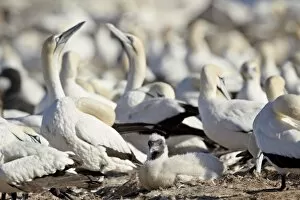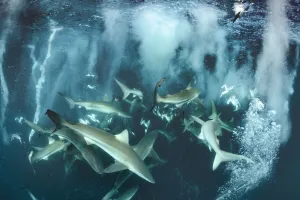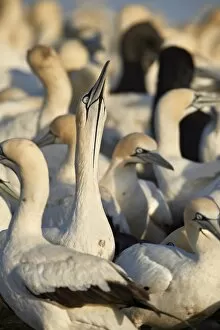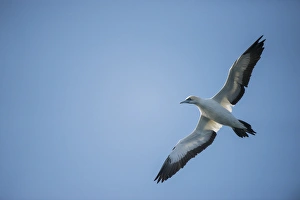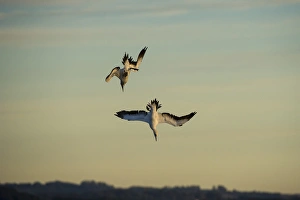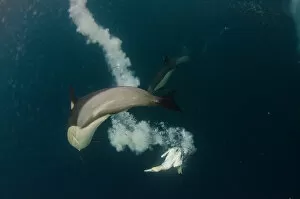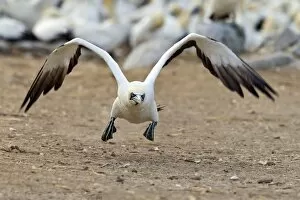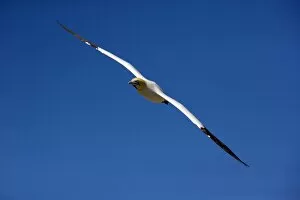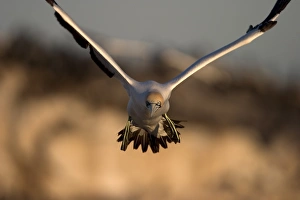Morus Capensis Collection
The majestic Cape Gannet, scientifically known as Morus capensis, is a remarkable seabird found in the coastal regions of South Africa
All Professionally Made to Order for Quick Shipping
The majestic Cape Gannet, scientifically known as Morus capensis, is a remarkable seabird found in the coastal regions of South Africa. With its striking white plumage and yellowish head, this bird is truly a sight to behold. Nesting on Bird Island in Lamberts Bay, these Cape Gannets create a bustling colony that teems with life. The island becomes home to thousands of these elegant birds during their breeding season. Here, they engage in various activities that showcase their unique behaviors. One such spectacle is witnessing the Cape Gannet chicks taking their first steps into the world. These fluffy youngsters can be seen clumsily waddling around as they explore their surroundings under the watchful eyes of their parents. Sharing the waters surrounding Bird Island are Bronze whaler sharks, which often join forces with the Cape Gannets during feeding frenzies. This incredible display of cooperation between two species highlights nature's intricate web of interconnectedness. In flight, Cape Gannets exhibit grace and agility as they soar above the colony and glide effortlessly through the air. Their wingspan allows them to cover great distances while searching for food or returning to their nests after an adventurous day at sea. Courtship rituals among these gannets are equally captivating. A pair engages in necking behavior as part of their courtship display—a beautiful dance symbolizing affection and commitment between mates. Observing these magnificent creatures against the backdrop of Lamberts Bay's stunning landscapes adds another layer of awe-inspiring beauty to this already breathtaking experience. The rugged coastline serves as a dramatic setting for capturing photographs that encapsulate both power and delicacy within one frame. The conservation efforts dedicated to protecting they have been crucial in ensuring its survival amidst environmental challenges faced by coastal ecosystems worldwide. By appreciating and safeguarding this species' habitat, we contribute towards preserving not only its existence but also maintaining biodiversity for future generations to cherish.


